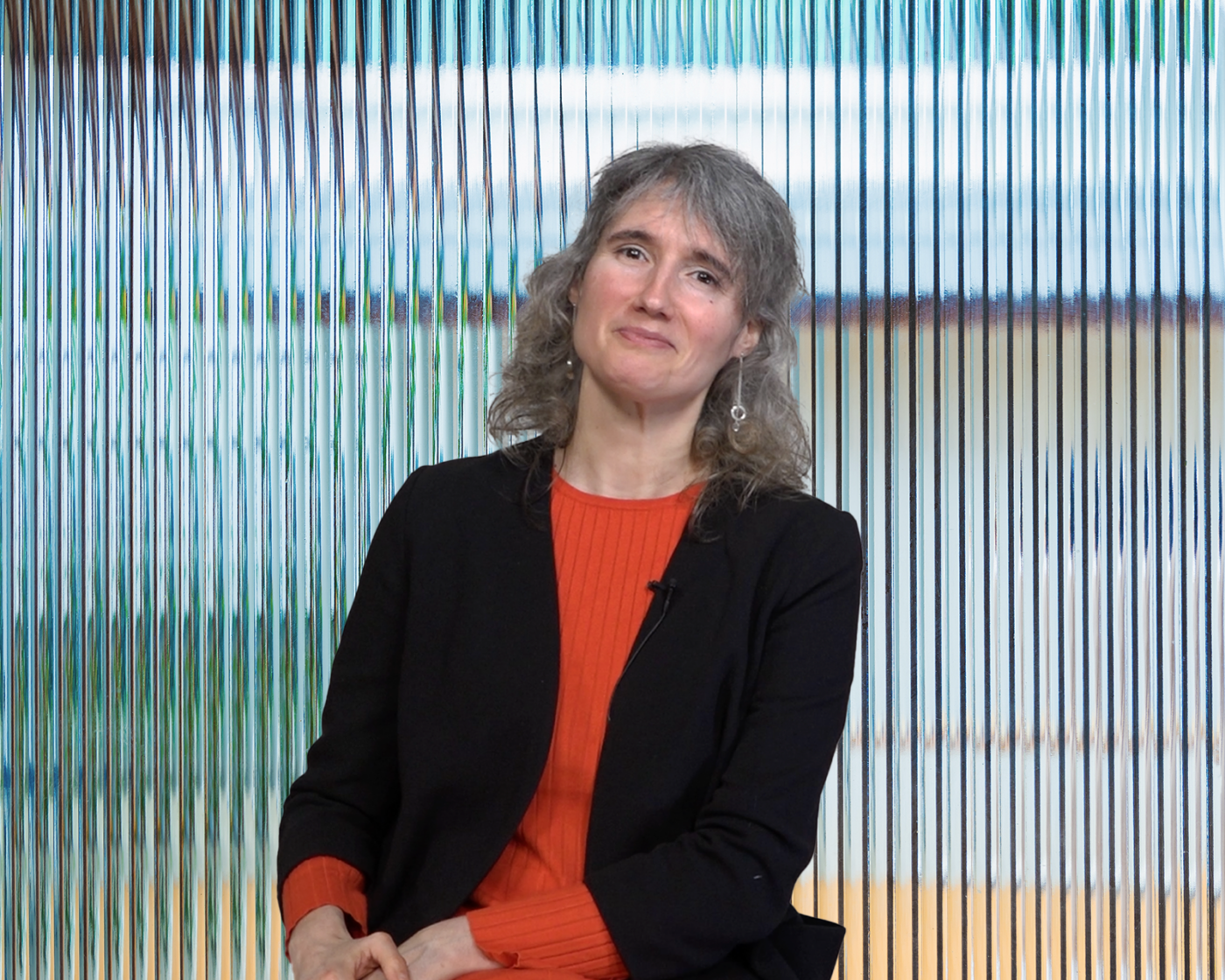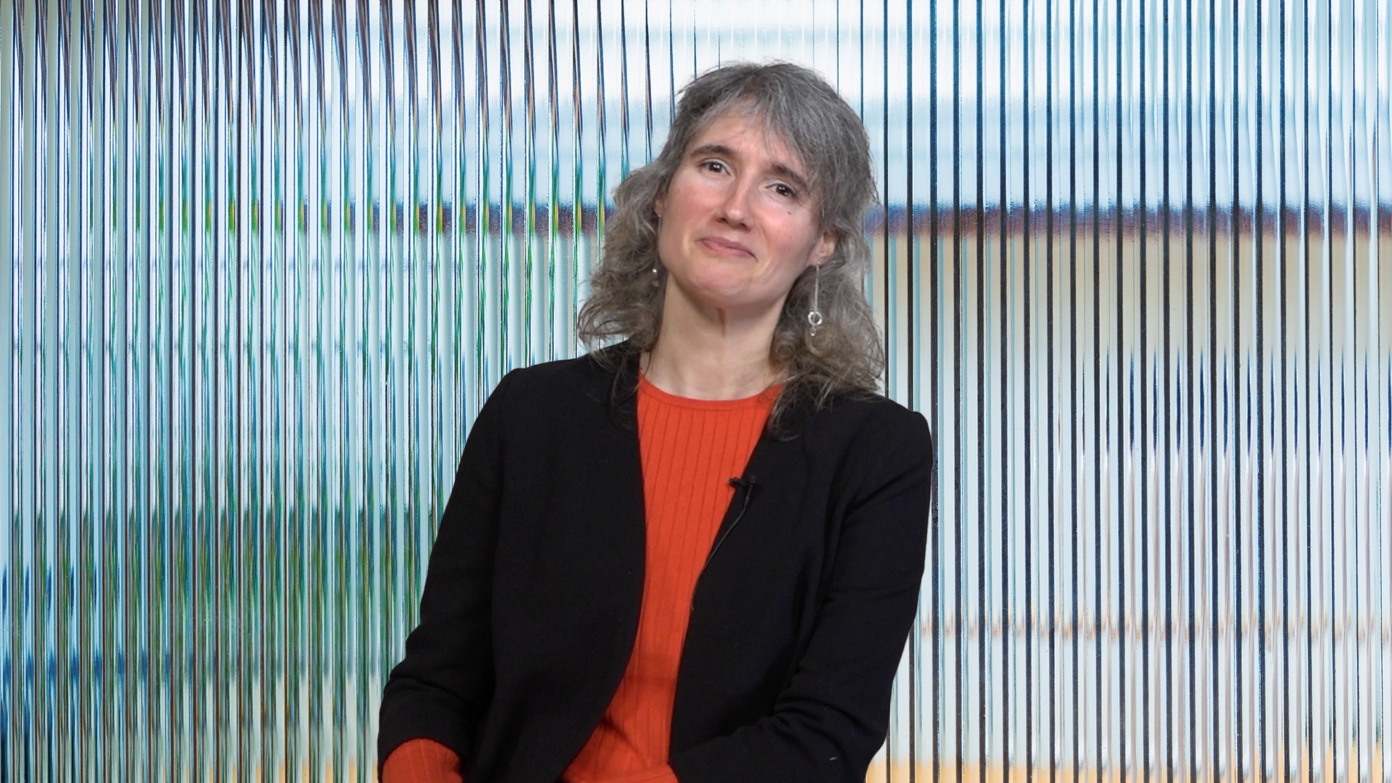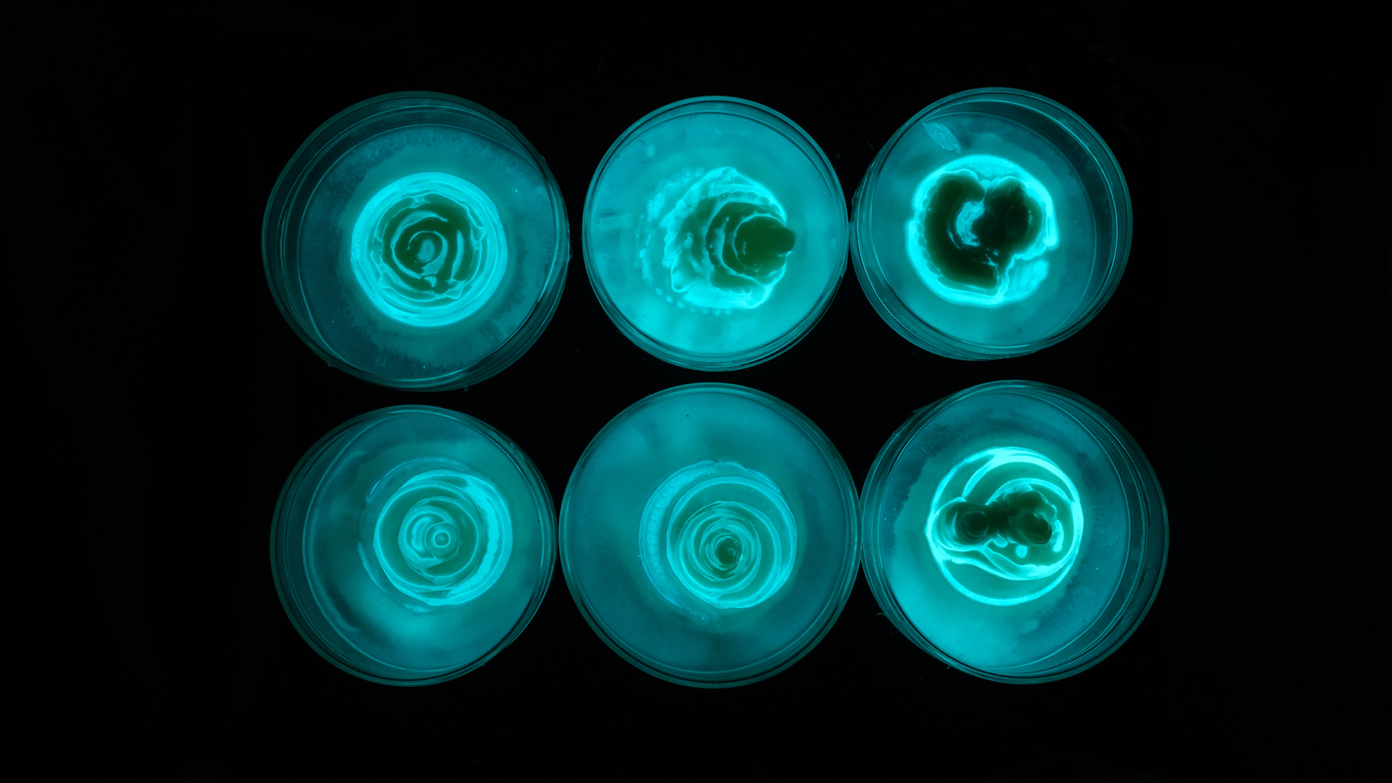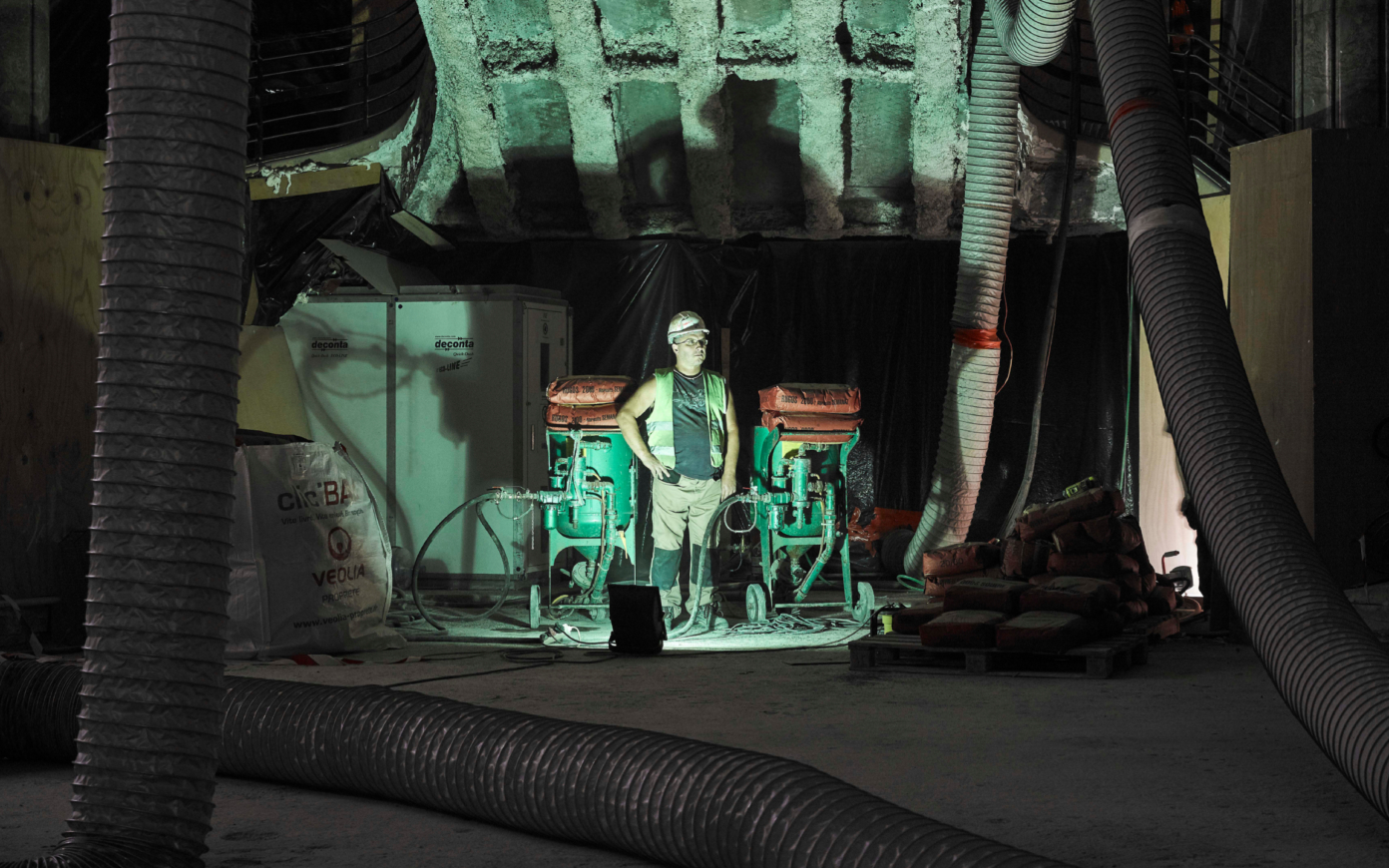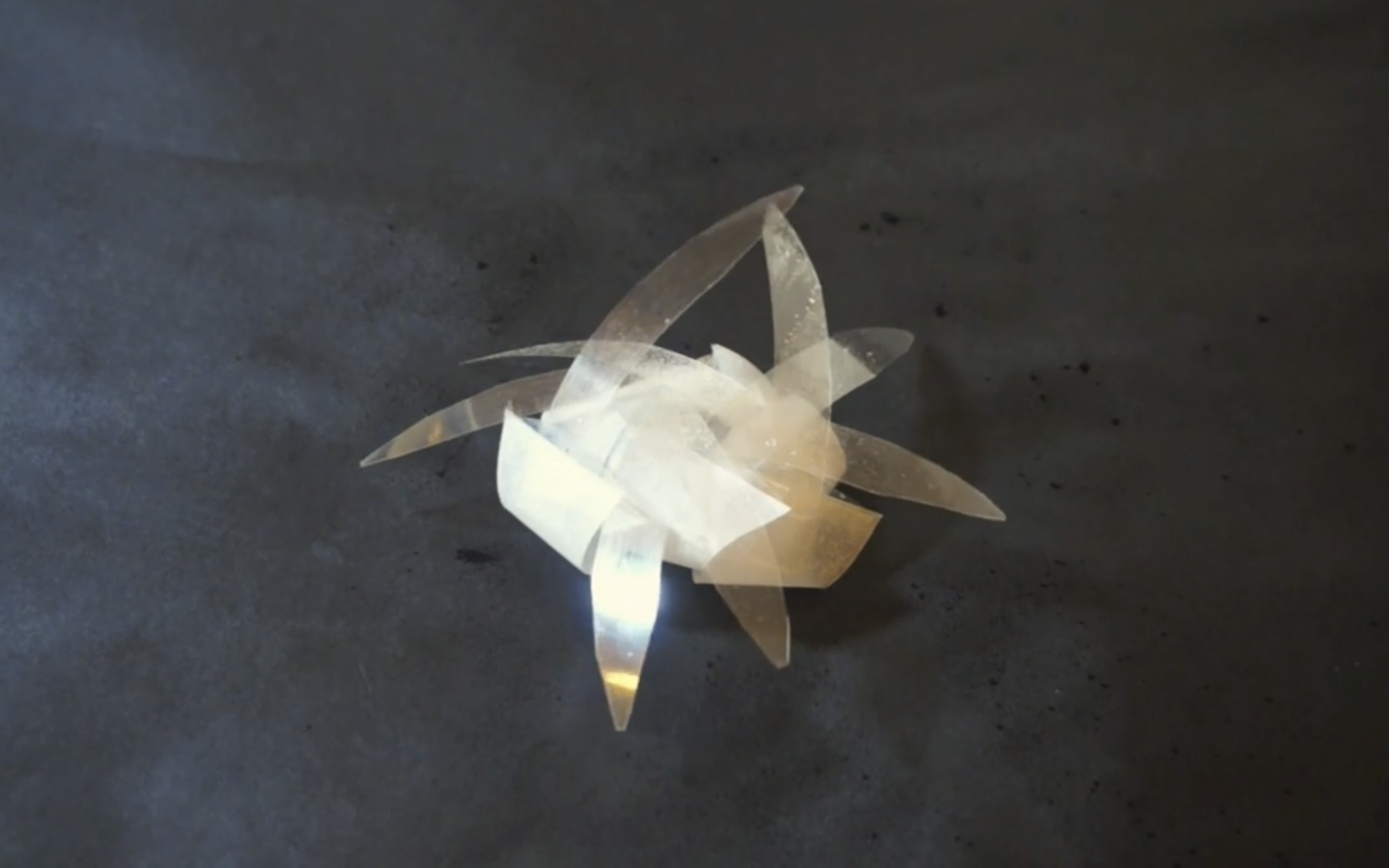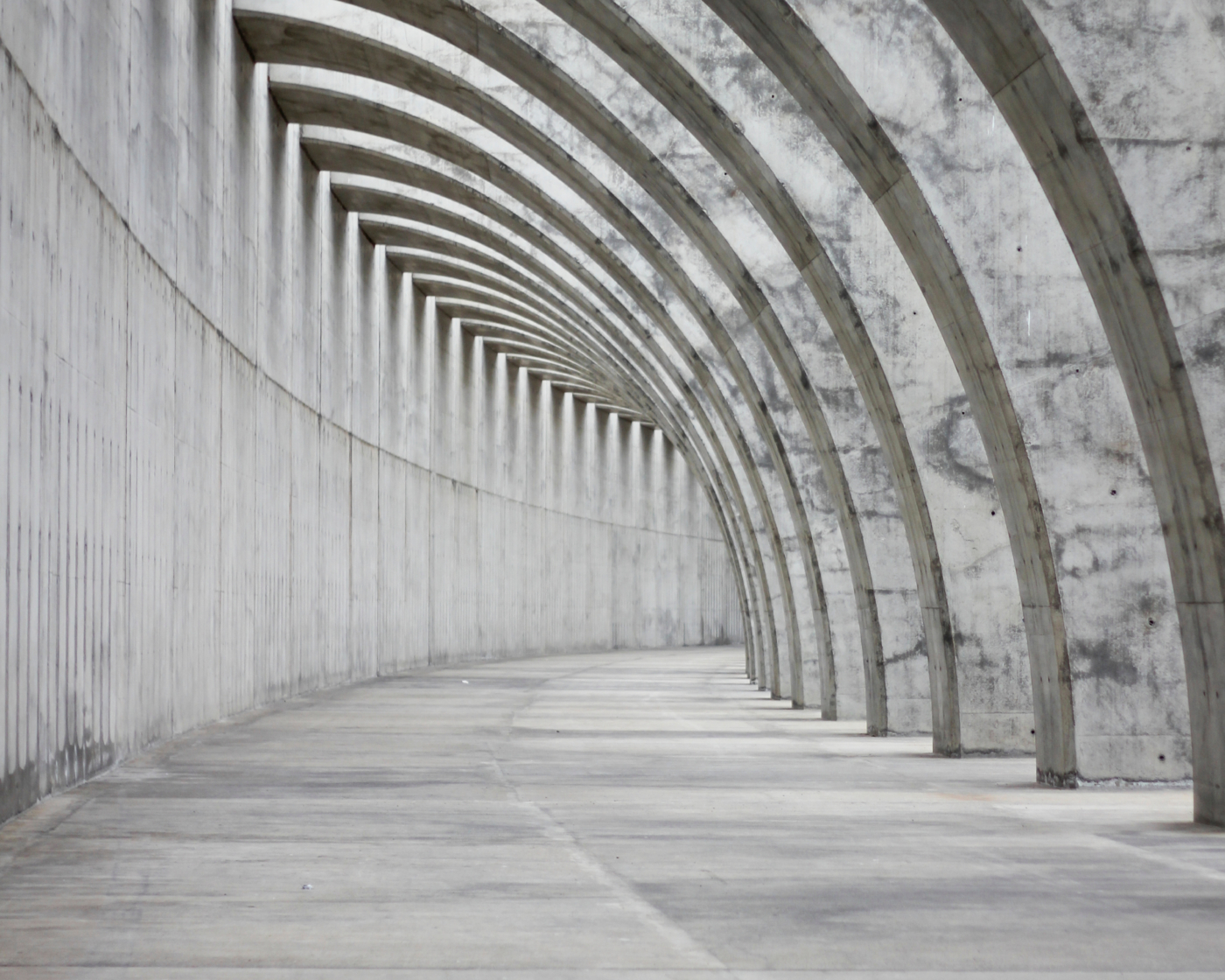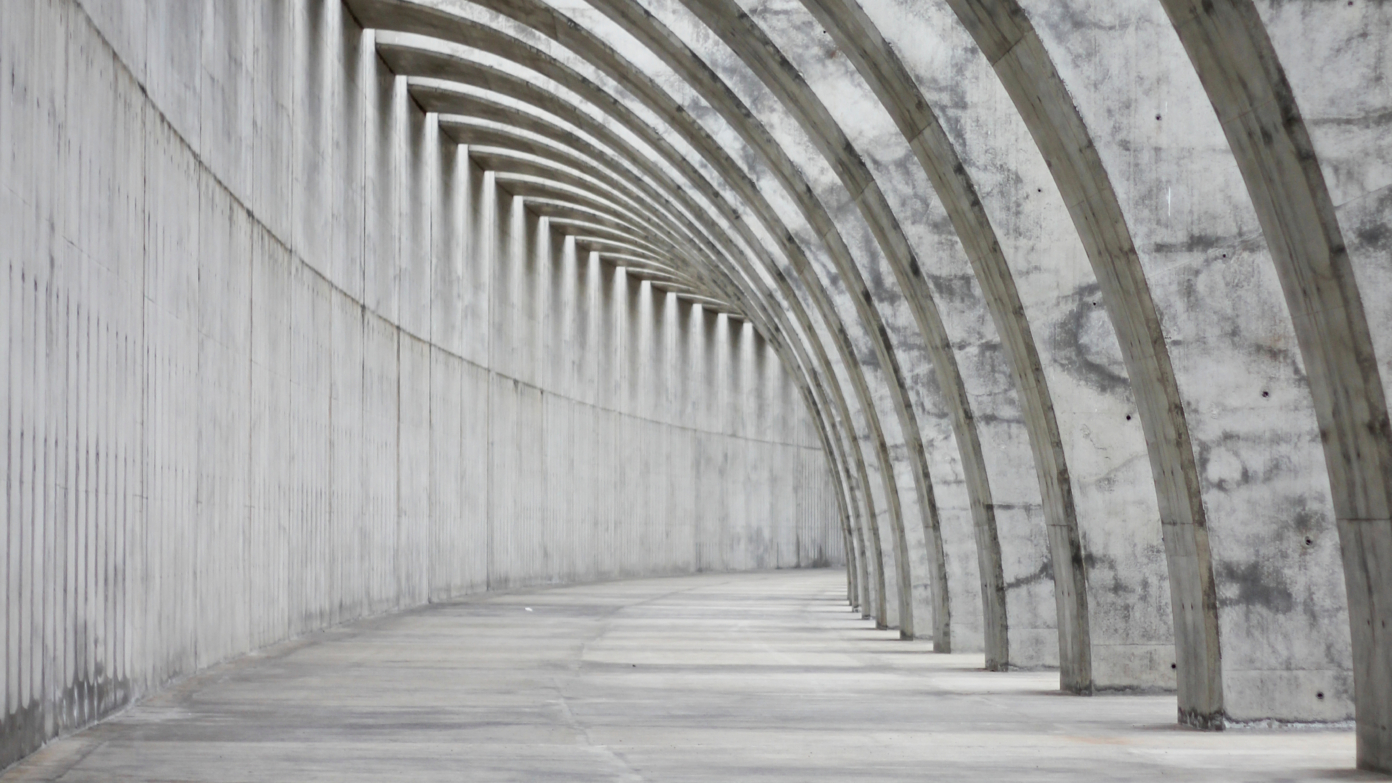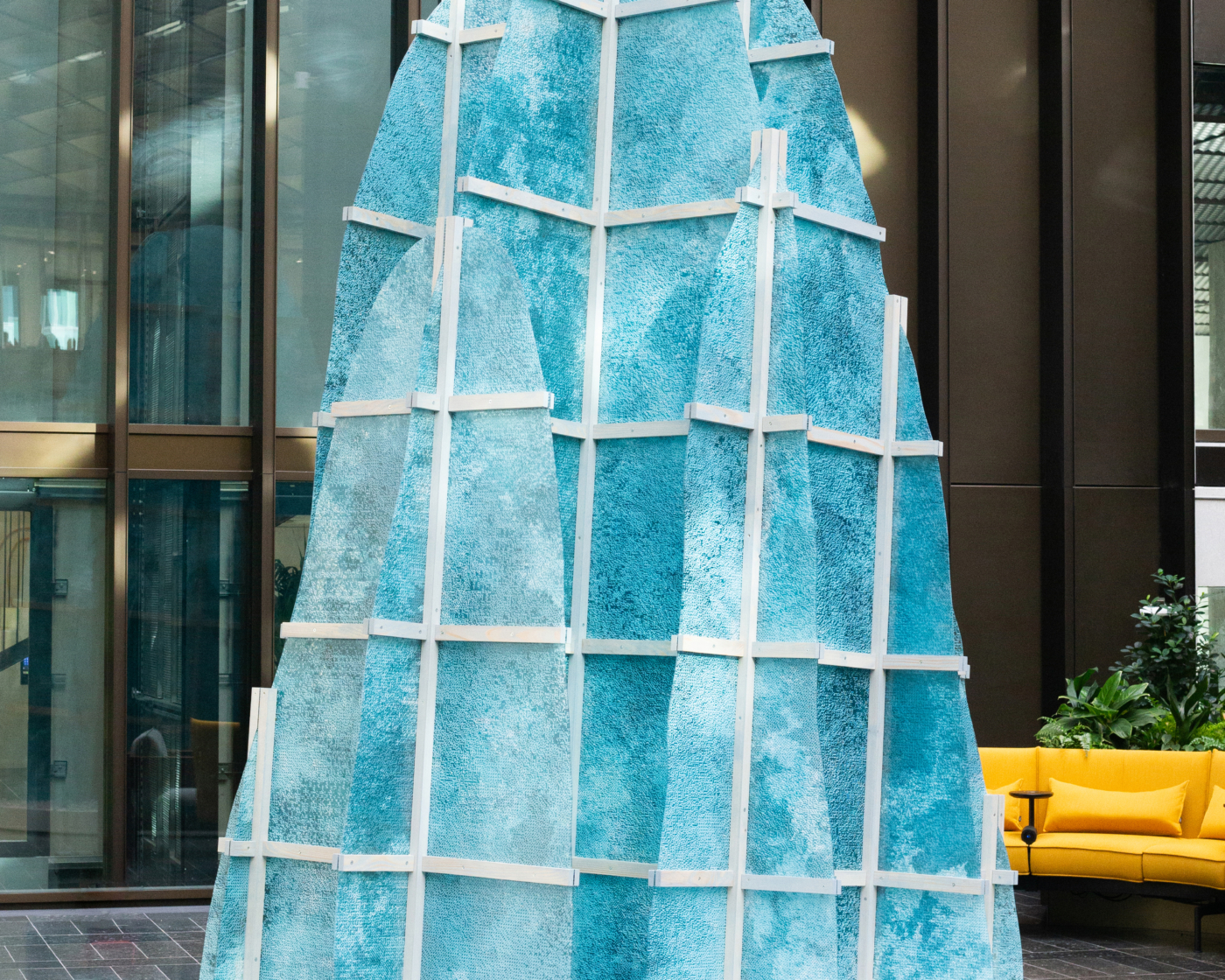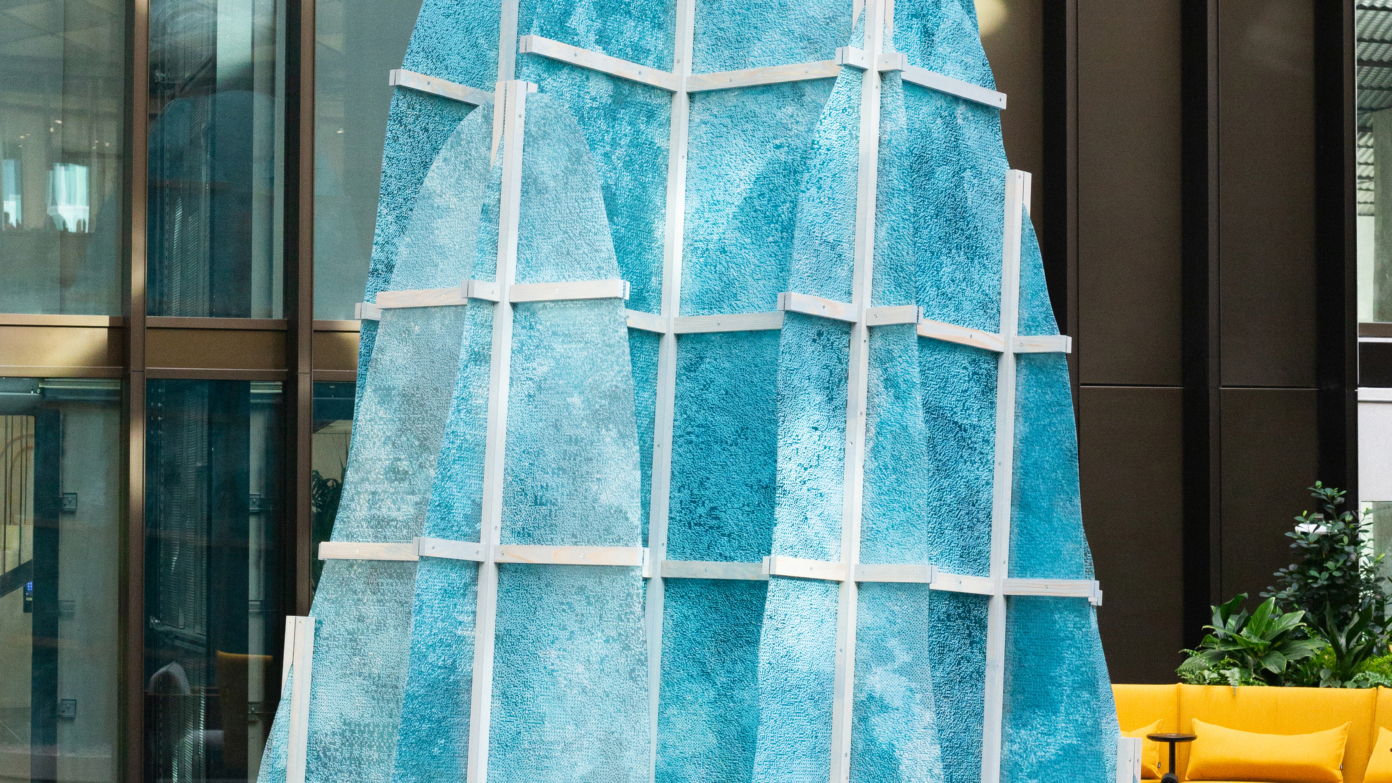Collective Intelligence in the Making
Collective intelligence has become key to understanding and acting upon the complexity of the contemporary world. But how can the conditions for its advent be brought about? Originating in PSL, the “Life in the Making” collective, which brings together researchers in natural sciences, in the humanities, as well as artists, has been exploring this dialogue between intelligences around the theme of the living since 2014. By operating through a flexible framework, the collective has developed a praxis of interdisciplinary collective intelligence—all the while establishing new insights on life, in particular through experimentations between art and science.



